Plants have long been seen as passive parts of the landscape—green, silent, and still.
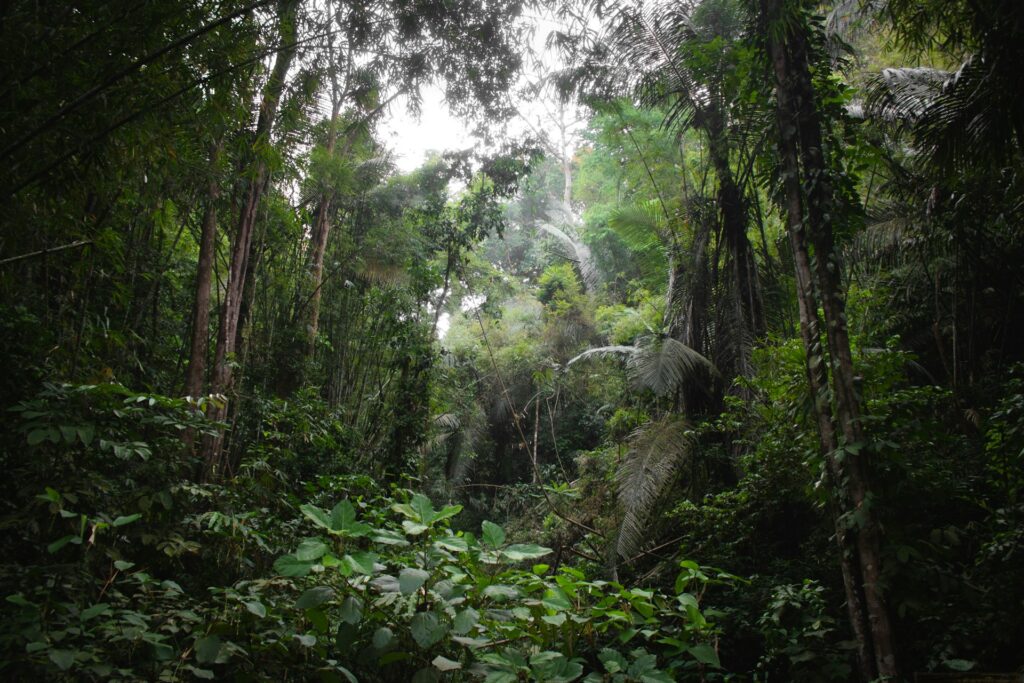
However, science is now revealing something far more surprising: plants aren’t just quietly growing. They’re talking to each other. Not in words, of course, but through complex networks, chemical signals, and even electrical pulses. And the more researchers look, the more it becomes clear that plants are anything but unaware.
Some of these communication methods have been known for years, but it’s only recently that we’ve had the tools to understand how sophisticated they really are. From underground warning systems to airborne messages and root-to-root networks, here are some of the mind-blowing ways plants are talking, reacting, and even strategising behind the scenes.
1. Underground fungal networks
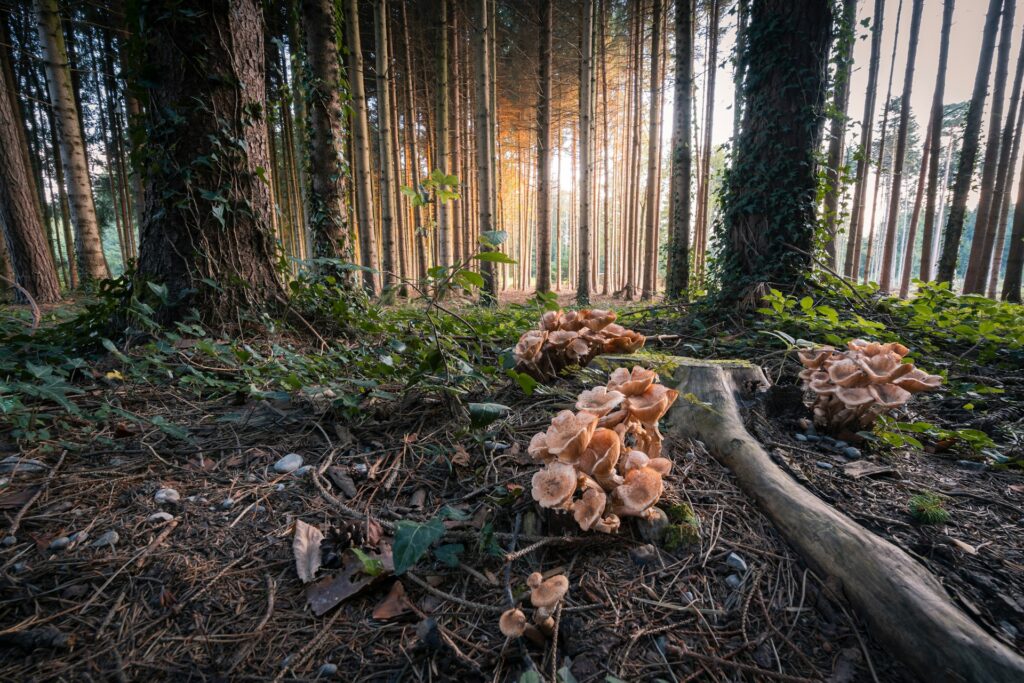
One of the most talked-about discoveries in plant science is the vast fungal communication system nicknamed the “wood wide web.” It’s a symbiotic relationship between plants and mycorrhizal fungi, where tiny filaments (hyphae) extend from roots and connect different plants underground. Through this network, trees and other plants can exchange nutrients, share resources, and even send distress signals when they’re under attack.
For example, if one tree is infested by pests, it can trigger chemical warnings through the fungal network, prompting nearby trees to produce defensive compounds like bitter-tasting tannins. Some researchers believe mother trees even feed their saplings or help weaker neighbours survive droughts. The implications for how forests function as communities are still being explored.
2. Airborne chemical messages
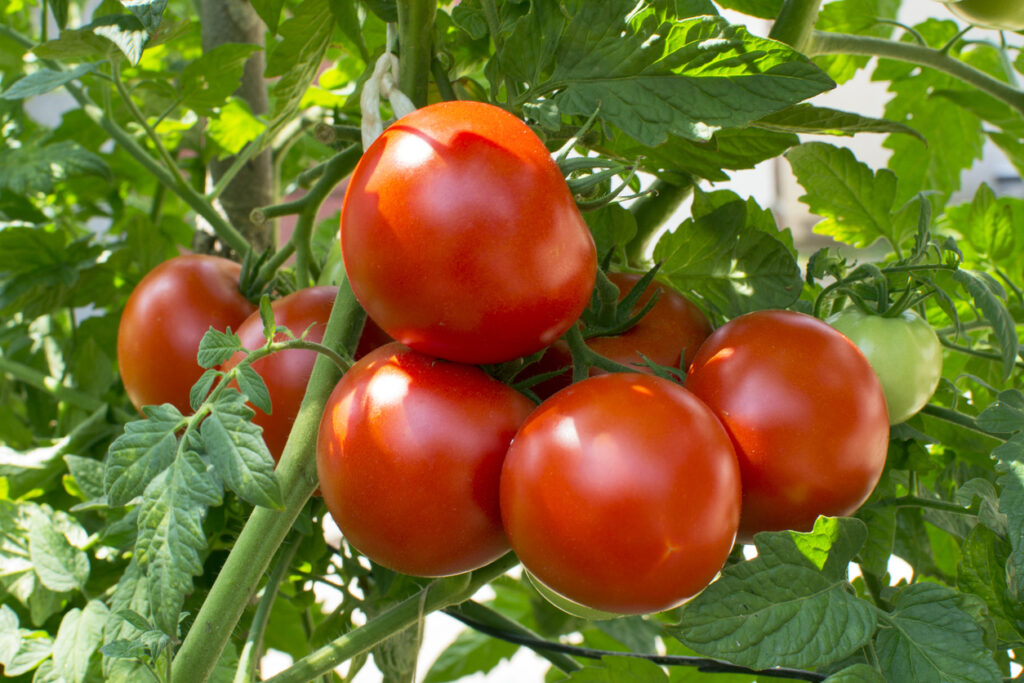
Plants don’t just use roots to communicate—they also send messages through the air. When under threat from herbivores, many species release volatile organic compounds (VOCs) into the air. These airborne signals can alert nearby plants of the danger so they can pre-emptively activate their own defences.
Take the case of tomato plants. If one plant is damaged by a caterpillar, it emits a specific blend of VOCs that nearby tomatoes can detect. In response, they start producing defensive chemicals before they’re even touched. It’s essentially a warning system that gives them a head start against attack.
Scientists have also found that some VOCs attract the natural predators of pests. For example, maize plants under attack from caterpillars release a compound that attracts parasitic wasps, which then kill the caterpillars. It’s a clever two-layered defence strategy that starts with scent.
3. Electrical signalling inside leaves

Electrical impulses aren’t just for animals. Plants use them too. In fact, they’ve been found to send electrical signals across their tissues to respond to damage or environmental stress.
One recent study showed that when a leaf is injured—say, by an insect bite—the plant generates an electrical signal that travels to other parts of the plant. These signals trigger a change in gene expression, effectively preparing the rest of the plant to defend itself. Researchers have likened this to a primitive nervous system.
While it’s not the same as animal consciousness, it suggests that plants are far more reactive and responsive than we’ve traditionally assumed.
4. Root-to-root chemical chats

Even without fungi, plant roots can release and detect chemical signals in the soil. These can serve a range of purposes: from recognising kin, to competing with neighbours, to coordinating growth.
One particularly intriguing discovery is that some plants recognise their genetic relatives and behave differently around them. For instance, sea rocket (a coastal plant) will limit root growth when near siblings, but compete aggressively against unrelated neighbours. This shows that plants are capable of a form of social behaviour, even underground.
Other studies show that plants can secrete allelopathic chemicals to inhibit the growth of competing species nearby. In essence, they’re engaging in chemical warfare to protect their space.
5. Sound communication

While still a developing field, there’s some evidence suggesting plants can respond to sound, and may even produce it. In one experiment, researchers discovered that plant roots grew in the direction of a water source, even when the water was only detectable by the sound of it flowing.
More recently, a 2023 study revealed that plants under stress (such as drought or physical injury) emit ultrasonic clicks. These sounds are too high-pitched for humans to hear, but some animals and insects can likely detect them. It raises the question: are plants “crying out” in distress in a way we’re only just beginning to hear?
6. Defence priming from neighbours

In several plant species, researchers have discovered a phenomenon known as “priming,” where exposure to warning signals from neighbours makes a plant more resilient to future attacks. This means that a plant listening to its surroundings can learn from others’ experiences and respond faster if danger comes its way.
For example, sagebrush plants emit a strong chemical warning signal when damaged. Nearby plants that pick up this signal increase their own defences, even if they’re not yet under threat. It’s a clear case of plants not only communicating, but using that information to make strategic decisions.
7. Root grafting and nutrient sharing

In some dense forests and groves, neighbouring trees physically join their roots together, forming grafts that allow direct exchange of water, nutrients, and signalling molecules. While once thought to be rare, new scanning technology has shown that this might be surprisingly common, particularly in trees that evolved in challenging environments.
These grafts can help stabilise the forest community by allowing older, stronger trees to support saplings or neighbours weakened by disease or injury. It’s not just passive support either—trees seem to selectively direct resources to where they’re most needed.
8. Inter-species cooperation

It’s not just plants of the same species that communicate. In diverse ecosystems like rainforests, different plant species often engage in subtle forms of cooperation. One plant might release VOCs that benefit a neighbour or share root space with a compatible species that enhances soil conditions.
A 2022 study found that some legumes send out chemical signals encouraging the growth of certain fungi that benefit neighbouring trees. These kinds of cross-species relationships point to a broader ecological intelligence that works at the community level.
9. Learning and memory in plants
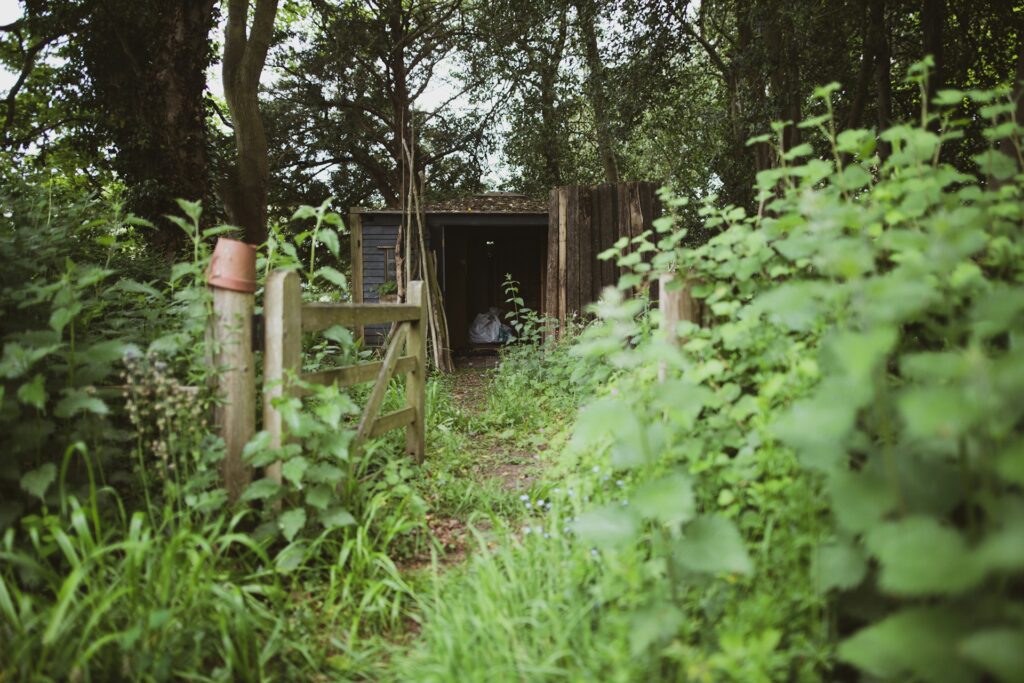
While controversial, some recent research hints at basic forms of learning in plants. In controlled experiments, researchers found that Mimosa pudica (the sensitive plant) can learn to stop reacting to harmless stimuli. When repeatedly dropped but unharmed, the plant eventually stopped closing its leaves—suggesting a kind of learned behaviour.
Even more surprisingly, the plant “remembered” this change for several weeks, even without repeated exposure. While it’s not memory in the human sense, it does suggest a form of adaptation that stretches beyond basic stimulus-response.
10. Altering insect behaviour through scent
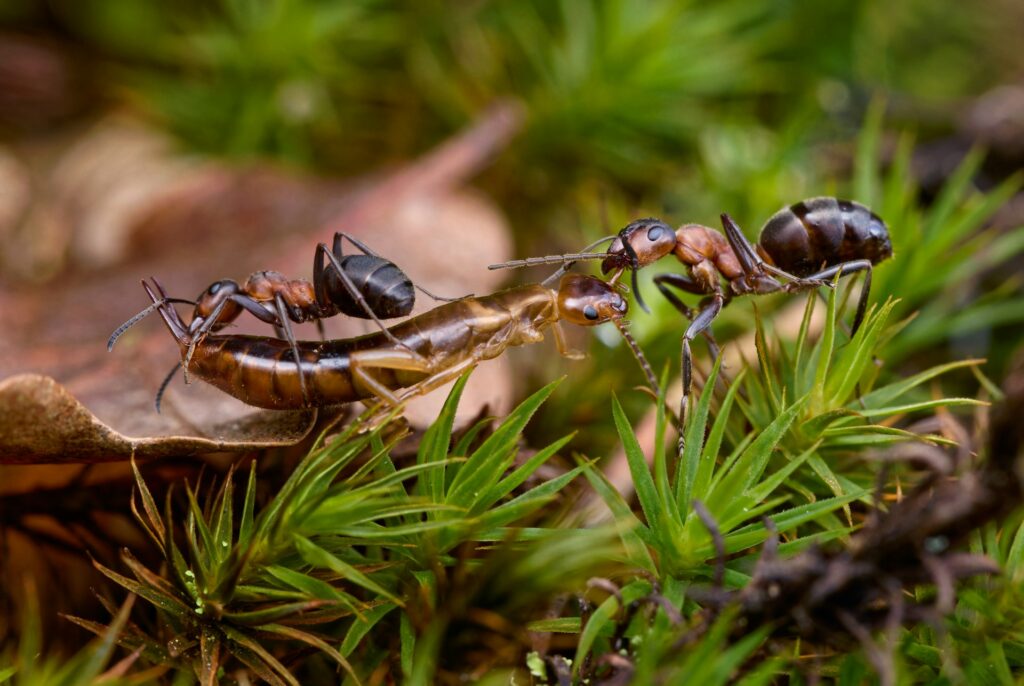
Some plants go even further and manipulate the behaviour of other species. Carnivorous plants like pitcher plants or sundews use scent to lure in prey. But others, like orchids, release scents that mimic insect pheromones to trick pollinators into visiting.
One particularly dramatic example involves tobacco plants that change their scent profile when under attack by caterpillars. Instead of attracting helpful pollinators, they switch to scents that draw in the caterpillar’s natural enemies. It’s not just communication—it’s manipulation.
Plants are doing far more than growing silently.
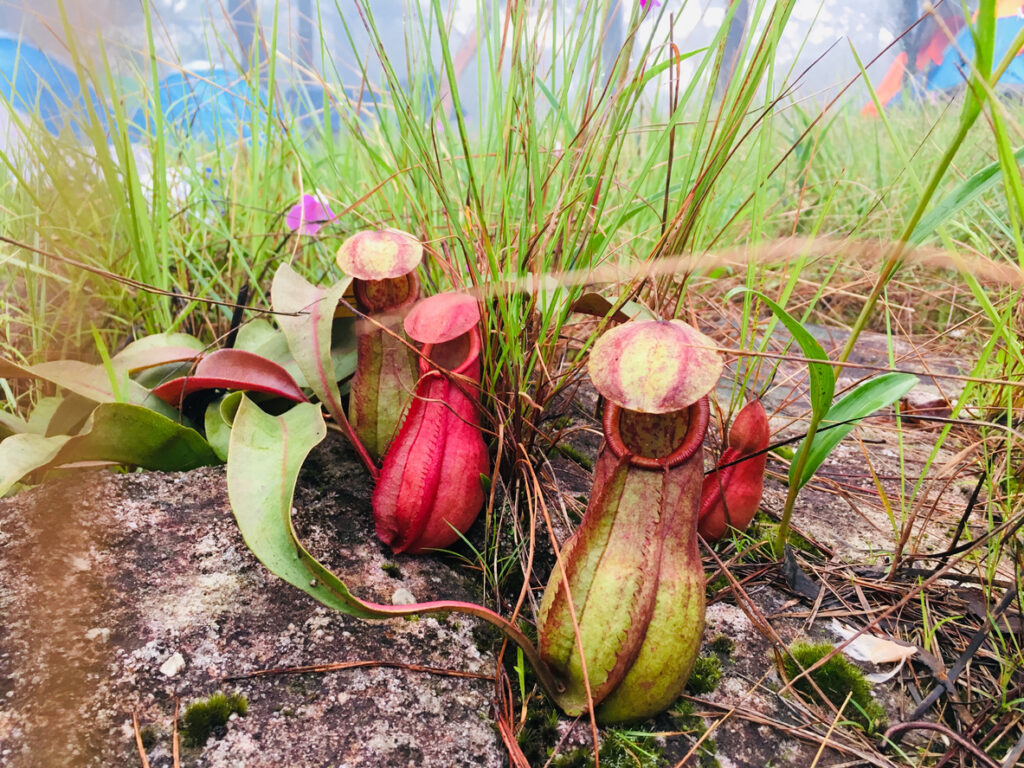
They’re networking, warning each other, adapting to threats, and in some cases, forming complex support systems across entire ecosystems. As our technology catches up with their subtle signals, we’re only just beginning to understand the scale of their intelligence.
What might have once seemed like science fiction—trees talking, plants strategising, ecosystems acting like communities—is now science fact. And as we look for smarter, more sustainable ways to live on this planet, it’s prrobably worth paying closer attention to what the plants are trying to tell us.